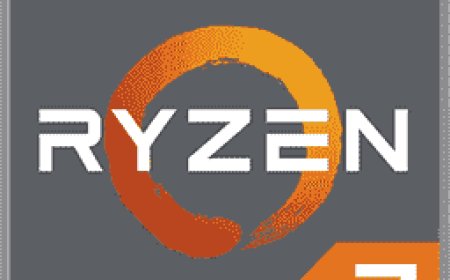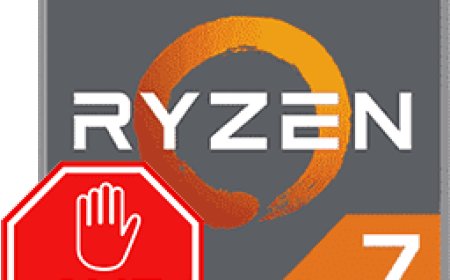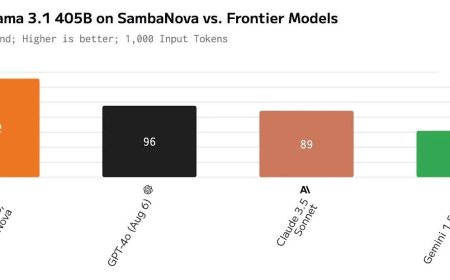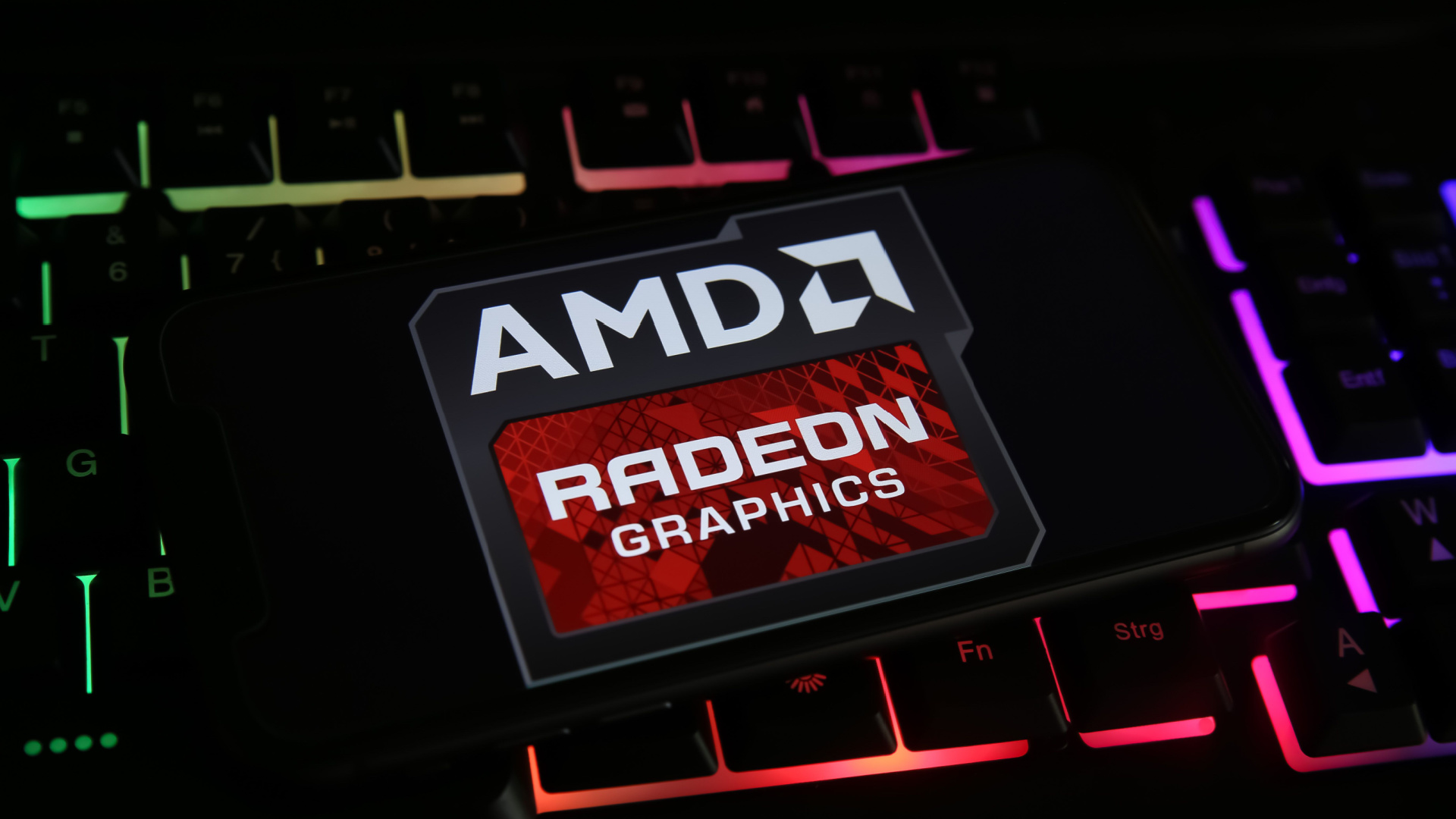Analyzing the Benefits and Drawbacks of Moores Law for CPU Development

Analyzing the Benefits and Drawbacks of Moores Law for CPU Development
Moore's Law, a fundamental principle in the realm of CPU development, has long been a guiding force shaping the pace of technological advancement. Coined by Gordon Moore in 1965, this law encapsulates the notion that the number of transistors on a microchip doubles approximately every two years, leading to exponential growth in computing power. As the cornerstone of innovation in the semiconductor industry, Moore's Law has fueled the evolution of computers and electronic devices, revolutionizing the way we live, work, and communicate. In this article, we delve into the benefits and drawbacks of Moore's Law for CPU development, exploring its impact on performance, innovation, and the future of computing technologies.
1. Introduction to Moore's Law in CPU Development
Defining Moore's Law
Moore's Law is the observation made by Intel co-founder Gordon Moore in 1965, predicting that the number of transistors on a microchip would double approximately every two years, leading to exponential growth in computing power. Over the years, Moores Law has played a crucial role in driving the rapid evolution of CPU technology, pushing manufacturers to constantly improve and innovate in order to keep up with the predicted growth. This continuous cycle of improvement has led to significant advancements in performance, efficiency, and overall capabilities of CPUs, shaping the landscape of modern computing as we know it.
Historical Context and Origin
Moore's Law emerged as a result of the increasing complexity and miniaturization of semiconductor technology, and it has guided the advancement of CPUs and technological innovation for decades. As technology continues to advance at a rapid pace, Moores Law has become a driving force behind the development of more powerful and efficient CPUs. The relentless pursuit of smaller and more densely packed transistors has not only increased processing power but also improved the overall performance and capabilities of modern computing devices. This ongoing cycle of innovation has paved the way for groundbreaking advancements in various industries, from artificial intelligence to data analytics, revolutionizing the way we work and interact with technology.
2. Advantages of Moore's Law for CPU Performance
Increased Processing Power
By doubling the number of transistors on a chip regularly, Moore's Law has enabled CPUs to deliver higher processing power, allowing for more complex computations and tasks to be performed efficiently. Additionally, Moores Law has played a crucial role in driving innovation and competition within the tech industry. The constant push for smaller, more efficient transistors has spurred companies to continually improve their products, leading to a rapid pace of technological advancement. This competitive environment has not only benefited consumers with better and more affordable technology but has also pushed the boundaries of what is possible in terms of computing power and efficiency.
Enhanced Efficiency and Speed
The continual improvement in transistor density has led to faster CPU speeds and reduced power consumption, enhancing the overall performance and energy efficiency of computing devices. As companies strive to keep up with the demands of Moores Law, they are forced to constantly innovate and find new ways to improve their products. This drive for innovation has led to breakthroughs in not only transistor technology but also in areas such as artificial intelligence, data storage, and connectivity. The competitive nature of the industry has created a cycle of continuous improvement, with each advancement building upon the last to create a landscape of ever-evolving technology.
Cost Reductions and Economies of Scale
Moore's Law has also driven down the cost of manufacturing CPUs, making advanced technology more accessible to consumers and businesses while enabling economies of scale that benefit the industry as a whole. The drive for innovation in the technology industry has not only led to breakthroughs in transistor technology, but also in areas such as artificial intelligence, data storage, and connectivity. This continuous push for advancement has created a competitive landscape where each new development builds upon the last, driving the industry forward. As a result, the cost of manufacturing CPUs has decreased, making advanced technology more accessible to consumers and businesses, while also enabling economies of scale that benefit the industry as a whole.
3. Impact of Moore's Law on Technological Innovation
Rapid Evolution of Technology
The relentless pace of Moore's Law has fueled rapid technological progress, pushing the boundaries of what is possible in computing and driving innovation across various industries. Despite the challenges and limitations posed by Moores Law in CPU development, the continuous decrease in manufacturing costs has allowed for the widespread adoption of advanced technology. This has not only made computing more accessible to consumers and businesses but has also driven economies of scale that benefit the industry as a whole. As a result, the rapid evolution of technology fueled by Moores Law has pushed the boundaries of what is possible in computing, driving innovation across various industries.
Facilitation of New Applications and Industries
Moore's Law has paved the way for the development of new applications, services, and industries by providing the computing power necessary to support emerging technologies like artificial intelligence, virtual reality, and big data analytics. Despite these challenges, the impact of Moores Law on the technology industry cannot be understated. The continuous increase in computing power has revolutionized the way we live, work, and communicate. From smartphones to supercomputers, the advancements made possible by Moores Law have transformed the world in ways we could have never imagined. As we look towards the future, it is clear that the legacy of Moores Law will continue to shape the landscape of technology and drive innovation for years to come.
4. Challenges and Limitations of Moore's Law in CPU Development
Physical Constraints and Heat Dissipation
As transistor sizes shrink, physical limitations such as heat dissipation become increasingly challenging, impacting the ability to maintain performance gains and prevent overheating in modern CPUs. Despite the challenges and limitations posed by physical constraints and heat dissipation in CPU development, the industry has continued to push the boundaries of technology to overcome these obstacles. However, as transistor sizes continue to shrink, the diminishing returns and technological roadblocks that may arise could potentially slow down the pace of innovation in the future. It will be crucial for companies to find new ways to optimize performance and efficiency in order to stay competitive in the market.
Diminishing Returns and Technological Roadblocks
The exponential nature of Moore's Law faces potential limits as the industry encounters diminishing returns in transistor scaling, leading to technological roadblocks that may slow down the pace of CPU development and innovation in the future. As the industry grapples with the challenges of diminishing returns and technological roadblocks, companies will need to shift their focus towards finding innovative solutions to optimize performance and efficiency. This shift in strategy will be essential for companies to not only stay competitive in the market but also to continue pushing the boundaries of CPU development and innovation. By embracing new approaches and technologies, companies can overcome the potential limits of Moores Law and drive forward progress in the industry. 5. Economic Implications of Following Moore's Law
Market Dynamics and Competition
In the world of CPU development, adhering to Moore's Law can lead to intense market dynamics and fierce competition. Companies strive to outpace each other in terms of technological advancements to meet the increasing demand for faster and more powerful processors. This competition can drive innovation, lower costs for consumers, and push the boundaries of what is considered possible in computing. As companies invest heavily in R&D to keep up with Moores Law, they also face the challenge of balancing innovation with cost-effectiveness. The pressure to release new products at a rapid pace can strain resources and lead to tough decisions on where to allocate funds. Additionally, the fast-paced nature of the industry means that companies must constantly adapt to changing market trends and consumer demands to stay competitive.
Investments in Research and Development
Following Moore's Law requires significant investments in research and development (R&D) to stay ahead of the curve. Companies must continuously pour resources into exploring new technologies, materials, and manufacturing processes to shrink transistor sizes and improve performance. These R&D investments not only benefit the companies themselves but also contribute to pushing the entire industry forward and driving technological progress. As technology continues to evolve at a rapid pace, the pressure to innovate and adapt grows stronger. Companies are faced with the challenge of not only keeping up with Moores Law but also anticipating future trends and disruptions in the industry. This constant need for innovation drives the demand for cutting-edge research and development efforts, pushing the boundaries of what is possible in CPU development.
6. Future Trends and Alternatives to Moore's Law in CPU Development
Post-Moore's Law Era: New Paradigms in CPU Design
As we look beyond Moore's Law, we are entering a new era of CPU design that may require us to rethink traditional approaches. Innovations such as neuromorphic computing, 3D integration, and specialized accelerators are emerging as potential alternatives to sustain the rapid pace of technological advancement in the semiconductor industry. These new paradigms offer exciting possibilities for overcoming the limitations of Moore's Law and unlocking new levels of performance and efficiency. As we navigate the post-Moores Law era, it is crucial for researchers and industry leaders to explore a diverse range of options to drive innovation in CPU development. In addition to neuromorphic computing and 3D integration, the utilization of specialized accelerators tailored for specific tasks could pave the way for more efficient and powerful computing systems. By embracing these new paradigms, we can not only adapt to the changing technological landscape but also push the boundaries of what is possible in CPU design.
Exploring Quantum Computing and Beyond
One of the most intriguing alternatives to Moore's Law is the realm of quantum computing. Quantum processors harness the principles of quantum mechanics to perform computations at speeds unimaginable with classical CPUs. While still in the nascent stages of development, quantum computing holds immense potential for revolutionizing the computing landscape and tackling complex problems that are beyond the reach of conventional processors. Exploring quantum computing and other cutting-edge technologies will be pivotal in shaping the future of CPU development and pushing the boundaries of what is achievable in the realm of computing.In conclusion, the enduring legacy of Moore's Law in CPU development has ushered in an era of unprecedented progress and transformation. While the advantages of increased performance and efficiency have propelled technological innovation to new heights, the challenges of physical limitations and diminishing returns loom on the horizon. As we navigate the intricate landscape of semiconductor advancements, it is crucial to reflect on the economic implications and consider alternative pathways for future development beyond the confines of Moore's Law. By critically analyzing the benefits and drawbacks of this foundational principle, we pave the way for a dynamic and resilient future in the ever-evolving field of CPU development.
What's Your Reaction?
































































